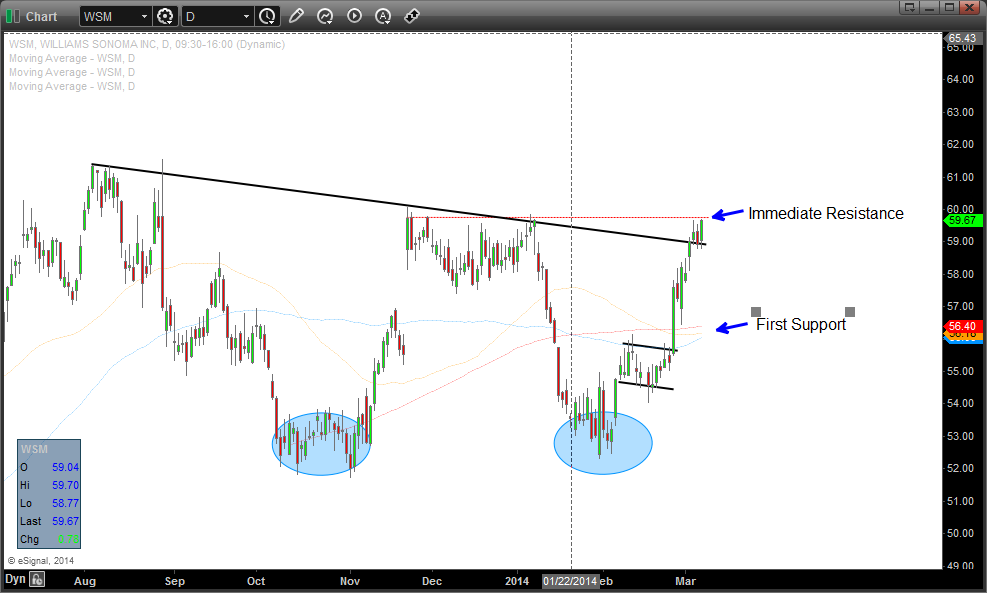Why you should pay attention to fees in your 401(k)
Post on: 28 Июнь, 2015 No Comment

The end of August marks the final deadline for your employer-sponsored 401(k) plan administrators to give you a breakdown of fees paid from investing your hard-earned paychecks into these retirement plans. These documents are not what most would consider recreational reading but they’re definitely worth paying attention to.
Why do these fees matter?
Most employer-sponsored 401(k) plans have a good set of investment choices to build a well-balanced portfolio that if used correctly, reduces risk and in the long-run keeps your nest-egg growing. The devil is in the fees, however as the same balanced 401(k) portfolio with different investment fees can mean hundreds of thousands less at retirement. With the cost of retirement rising. most of us can’t really afford to bleed anymore money to Wall Street.
A tale of two portfolios
The most common fee paid on your 401(k) investment is denoted by the Expense Ratio. This is an amount taken each year as a percentage of total dollars in that investment. So if a fund has an expense ratio of 0.5%, that percentage is taken out each year regardless of how the fund performs.
Let’s take 2 identical portfolios starting at $10,000 for someone at 25 and see how they differ at retirement depending on the expense ratios. Assuming they’ll hold this until retirement at 65 and contributing the same amount each year up to the contribution limit with a modest 5% annual return. Here’s how much each portfolio would be worth at retirement and how fees impact that value.
Notice that a single percentage point actually turns out to be over $250,000 difference at retirement. As your fees paid grows with the size of your portfolio, those same fees taken out of your savings also don’t get a chance to growth further. This compounding effect significantly stunts the retirement value of your portfolio from realizing market gains.
So what is expensive vs. reasonable?
If you’re portfolio’s average investment options have an expense ratio of 0.78% or above, it’s expensive. Why 0.78%? Since interpretations of cost can vary depending on person and situation, we’ll use a research-backed anchor here. A Deloitte Study for the Investment Company Institute (ICI) has published a median expense ratio of surveyed plans as being 0.78%. We’ll use this as a reasonable proxy to evaluate cost, so you can get an idea for whether your plan is above or below the median.
What can you do?
- Choose wisely: Seek the non-actively managed index funds that tend to have lower fee whenever possible (make sure that you still cover the appropriate asset classes that make up a balanced portfolio). As we saw with the illustration, even a small adjustment now can significantly increase your nest-egg down the road. Ask your employer for better options: It’s true that you can play the hand you’re dealt well when it comes to investment options but there’s no harm in talking to your HR department and asking for better options. Smaller companies generally have less bargaining power with plan administrators and have more expensive plans, but there are enough exceptions to the rule that it’s worth banding your colleagues together and fighting for your right to keep more of your money.














